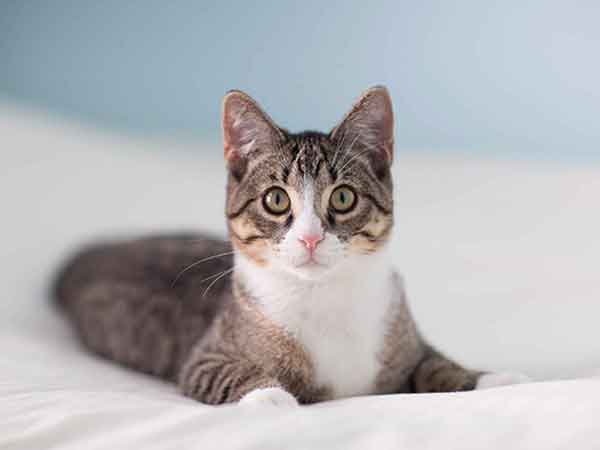Feline leukemia virus (FeLV) is second only to trauma as the leading cause of death in cats, killing 85% of persistently infected felines within three years of diagnosis.
What is FeLV?
Feline leukemia virus (FeLV) is second only to trauma as the leading cause of death in cats, killing 85% of persistently infected felines within three years of diagnosis.
How does it spread?
. Feline leukemia is a disease that only affects cats -- it cannot be transmitted to people, dogs, or other animals. FeLV is passed from one cat to another through saliva, blood, and to some extent, urine and feces.
What cats are at greatest risk of infection?
- Cats living with infected cats or with cats of unknown infection status
- Cats allowed outdoors unsupervised, where they may be bitten by an infected cat
- Kittens born to infected mothers
What does FeLV do to a cat?
Feline leukemia virus adversely affects the cat's body in many ways. It is the most common cause of cancer in cats, it may cause various blood disorders, and it may lead to a state of immune deficiency that hinders the cat's ability to protect itself against other infections.
What are the signs of disease caused by FeLV?
- Slow but progressive weight loss, followed by severe wasting late in the disease process
- Enlarged lymph nodes
- Persistent fever, Persistent diarrhea
- Inflammation of the gums (gingivitis) and mouth (stomatitis)
- Infections of the skin, urinary bladder, and upper respiratory tract
- Seizures, behavior changes, and other neurological disorders
Diagnosis of FeLV infection
Fortunately, good diagnostic tests are readily available for FeLV. These tests are quick, relatively inexpensive, and generally very reliable. Often the kits simultaneously test for FIV, as many of the clinical signs of FIV infection are similar to FeLV infection.
Who should be tested?
- Cats and kittens entering a new household should be tested at the introduction
- Cats exposed to an infected cat should be tested twice—at the time of exposure and 60 days later
- Cats should be tested before they are vaccinated for FeLV
- Cats with clinical signs should be tested
If your cat test positive you should retest her after a minimum of 12-16 weeks as some cats can develop immunity and remove the virus from the body.
If your cat tests positive for FeLV, it is NOT a death sentence! However, you should follow recommendations for managing “healthy” FeLV cats:
- Spaying or neutering intact cats
- Careful control of internal and external parasites
- Keeping infected cats indoors
- Twice-a-year visits to your veterinarian, paying close attention to lymph nodes and any changes in the mouth
- Yearly blood tests that may include: Chemistry tests to evaluate kidney, liver, and pancreatic function, as well as sugar levels , complete blood count
- Cardiac tests to rule out heart-related issues
Vaccination
Vaccination against FeLV helps prevent virus persistence and FeLV-associated disease and is recommended for all cats at risk of exposure - including cats with access to outdoors, cats living with known FeLV-infected cats, and in multicat environments. Also, FeLV vaccination is recommended for all kittens due to increased susceptibility to the virus and the permanent nature after infection. Vaccination does not affect test results!


